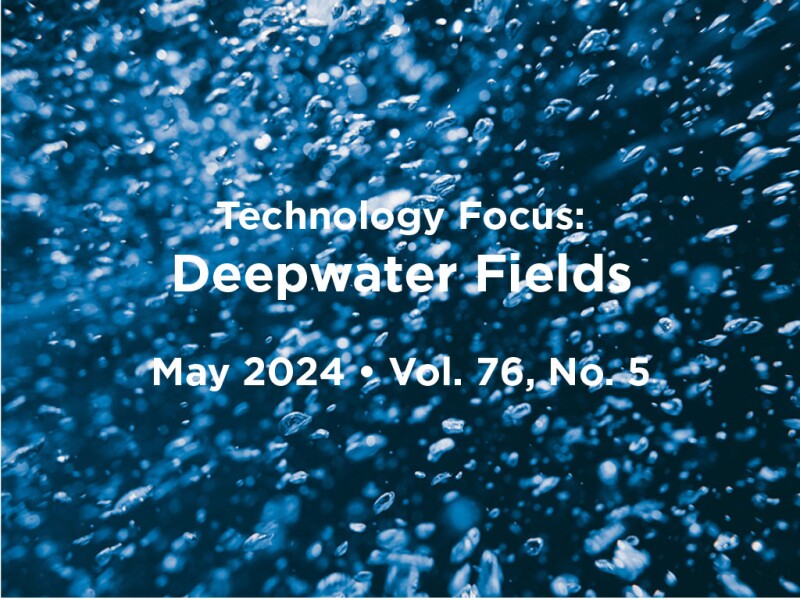Without belittling our industry’s work to arrest climate change, the fact remains that relentless global efforts to secure energy during the past 4 decades have led to only a 7% reduction in the contribution of fossil fuels to the global energy supply.
In light of the historic outcomes of COP28 and the stringent agreement of 198 countries to steer away from fossil fuels, it is evident that today’s oil and gas industry is at a crossroads and in an unprecedented race with time to address the trilemma to develop a progressive multitier energy model to balance transitioning to a low-carbon industry with maintaining production and fortifying its commitment to a sustainable future.
Empowering, leveraging, and capitalizing on the current investments of our industry in the rapidly developing technologies that are revolutionizing both the renewable and fossil-fuel landscapes are exigently and prudently needed to reach this cornerstone goal. These technologies—such as carbon capture, use, and storage; winds; hydrogen; bioenergy; and geothermal—form more than 28% of the total energy consumption targeted to reduce greenhouse-gas emissions by 2050 and have a close affinity to the existing resources of the oil and gas industry.
Deepwater offshore developments have always been the forefront projects of the industry. After about a decade of fragile outlook and waning investment in these ventures, the trend is showing a dynamic rise since 2022 based on the number of sanctioned projects worldwide and the associated annual capital of more than $200 billion. This is a remarkable affirmation of the resilience of these assets and the confidence in a greener, safer, and more cost-effective future of the industry in general.
Rigorous engineering remains the key platform to accomplish the dizzying array of complex work on a daily basis and the linchpin in elevating the performance of deepwater projects from acquisition to abandonment. Opportunity still abounds for the operators of these assets to thrive and endure for the upcoming decades through advancing engineering prowess, bolstering their assets’ designs and operability, and collaborating with counterparts on potential synergies. These are prudent measures to appraise and invest in well-grounded solutions in order to harness the full potential of deepwater developments and improve their operational and overall efficiencies.
This Month’s Technical Papers
Uncertainty Study Aids Development-Plan Optimization in Deepwater Gulf of Mexico
Intelligent Completion Enables Zonal Isolation Offshore Malaysia
Solutions to Complex Well-Testing Challenges Aid Offshore Black Sea Gasfield Development
Recommended Additional Reading
SPE 217802 Fracturing 30,000-ft Wells in Deepwater—Planning and Execution Learnings From the Gulf of Mexico by K.F. Lizak, Shell, et al.
OTC 32808 Validation of a Completion Digital Twin Applied to Packer Setting by L.A. Oliveira, Engineering Simulation and Scientific Software, et al.
SPE 217277 Methane Recovery With Carbon Dioxide Sequestration as Hydrates in Deep Marine Environments: An Extensive Examination of Potential, Technical Advancements, and Economic Feasibility by Saket Kumar Shrivastava, SLB, et al.

Amir Alwazzan, SPE, is production assurance manager for strategy and planning at Dragon Oil. He has more than 35 years of experience in the upstream oil and gas industry and academia at different locations worldwide. Alwazzan has authored or coauthored 25 technical papers and has served as technical reviewer for three international journals in the field of petroleum engineering science and technology. He is a chartered petroleum engineer and a registered European engineer with FEANI, the European Federation of National Engineering Associations. Alwazzan holds a PhD degree in transient multiphase flow in pipelines from the University of Malaya and MS and BS degrees in petroleum engineering from Baghdad University. He is a member of the JPT Editorial Review Board and can be reached at aalwazzan@dragonoil.com.

